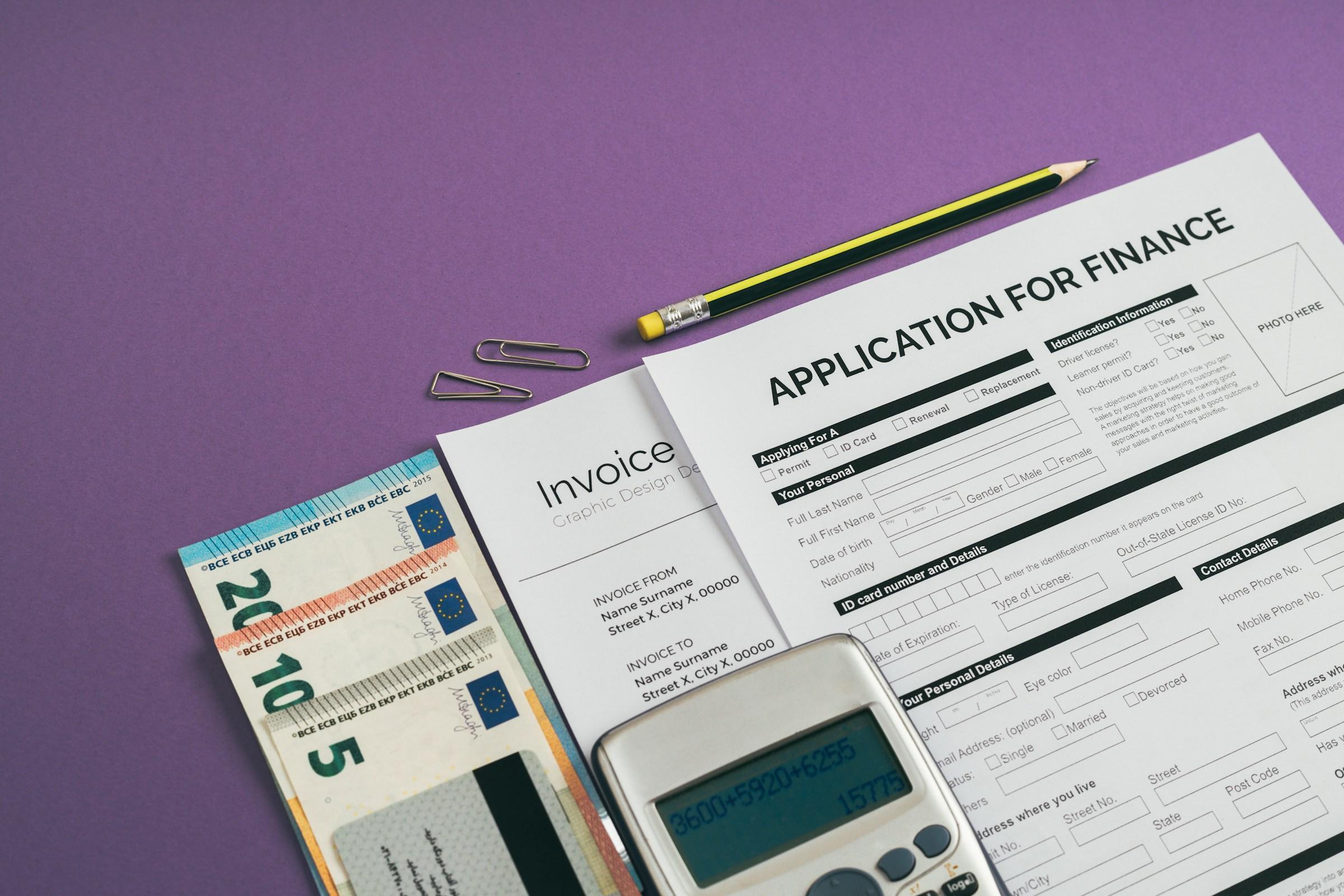Everyone talks about interest rates and cashback promos when comparing student loans, but the real issue with private student loans is control. You give up a set of safety rails that federal loans build in by default. That trade can turn a temporary cash crunch into a long and expensive detour. Marketing pages for private loans highlight fast approvals, custom terms, and shiny rates if you or your cosigner have excellent credit. The pitch feels modern and helpful. What fades into the background is what happens when life gets messy. The single biggest drawback of a private student loan is the loss of durable protections that keep you afloat when your income dips, your plans change, or the economy shifts under your feet.
Repayment flexibility is the clearest example. Federal loans allow you to switch into income driven plans that peg your monthly bill to a percentage of what you actually earn. If your paycheck shrinks, your payment shrinks with it. This feature keeps you in the game during internships, job searches, layoffs, or career pivots. Most private loans still rely on a fixed payment schedule that ignores volatility in your earnings. Some lenders advertise forbearance or short hardship pauses, but the rules are narrow and the time windows are short. Interest keeps accruing. Balances can grow while you are paused. You come out of the break facing a bigger hill with the same shoes. This is not a theoretical policy footnote. It is a cash flow trap that appears the first time your budget takes a hit.
Forgiveness is another fault line. Federal loans include structured paths to eventual forgiveness through public service programs, long run income based milestones, and occasional targeted relief when policy changes. You do not need to plan your life around forgiveness for it to matter. It exists as a real off ramp if you qualify. Private loans rarely offer anything comparable. If a contract contains forgiveness at all, it is usually limited to extreme events and sits behind restrictive conditions. In practice, you either pay in full or you hope to refinance. Refinancing only helps if the market and an underwriter decide that your risk profile looks stronger later than it does today. That is a bet on constant employment and pristine credit at the exact moment you are asking for help.
Even the headline rate story is trickier than it looks. Private loans often offer variable rates that look attractive in good times. Those rates can reset upward as benchmarks move, raising your payment regardless of whether your income keeps up. Federal rates are fixed by cohort, which creates a more predictable cost path. Even when a private lender quotes a fixed rate, the best numbers go to borrowers with deep credit histories and low debt loads. Students seldom have that profile. The common workaround is a cosigner. This unlocks approval and a better rate, but it introduces a different form of risk that lives outside your personal budget. Many private loans keep the cosigner tied to the obligation for the entire life of the loan. A release can exist, yet it often requires several years of flawless payments and a fresh underwriting check. A single late payment can restart the clock. Meanwhile, a parent or relative remains exposed. One misstep can dent both of your credit scores and can complicate their own borrowing plans, from a home purchase to a business loan.
Servicing practices also diverge. Federal loans operate inside a policy framework that sets guardrails for error correction, payment application, and communication of options. The system is not perfect, but there are rules and escalation paths. Private loan servicing depends on company policies and contract language. If a payment posts late because of a processing delay, or a hardship request disappears into a queue, it can be hard to find a clear path to resolution. Fees can stack up quickly. Negative marks can hit your credit while you are still trying to fix a mistake. That matters precisely when you want to rent an apartment, buy a used car, or pass an employment credit check that screens for payment reliability.
Then there is capitalization. In school interest only plans from private lenders can feel manageable while you are studying. Yet unpaid interest continues to accrue. When your grace period ends, that interest can capitalize and get added to your principal. The result is a larger base that generates even more interest going forward. A slightly lower private rate can translate into a larger total cost than a higher federal rate once you account for capitalization and the lack of flexible repayment tools. You feel this when you compare the total paid over ten years. The difference shows up as either an emergency fund that exists or years spent juggling side gigs to cover an inflexible bill.
People often ask whether refinancing solves these issues. Refinancing can help stable earners with strong credit who have low exposure to income shocks. It is a reward for having already won the risk game, not a cure for a shaky situation. If you refinance federal loans into a private loan to chase a lower rate, you permanently surrender federal protections. If you start with private loans, you are trying to refinance from a position that may not impress a lender during a rough patch. The best refinance terms tend to appear after you already no longer need them.
Perks deserve a clear eyed look as well. Autopay discounts and graduation rewards sound useful. In practice, they trim a few basis points or deliver a one time credit that disappears into interest within a handful of months. They do not change the fundamental swap you are making. You are trading a policy backed safety net for a lender controlled contract designed to manage the lender’s risk first. If nothing goes wrong, the math can tilt in your favor with a private loan at a great rate. Real life rarely stays that tidy. Jobs change. Cities change. Health throws surprises. The loan that cannot flex becomes the loudest item on your monthly calendar.
The cosigner dynamic deserves special care because it binds money to family. A cosigner does not just improve your application. It ties two credit files and two lives together for years. One late payment can lower both scores. If your cosigner wants to buy a home, your balance counts against their debt to income ratio. Family conversations become reminders and spreadsheets. If your relationship changes, you cannot unwind the contract through a conversation. A federal loan does not demand that kind of personal exposure, which is an advantage that rarely appears in marketing copy.
Policy momentum also matters. Federal programs evolve. New income driven formulas can roll out. Temporary relief can appear during national shocks. Audits can correct servicing errors and adjust balances. When policy improves, federal borrowers can benefit without renegotiating their contracts. Private loans do not automatically adopt more generous terms unless a lender chooses to revise your agreement. Most do not. Your main route to better terms is refinancing, which brings you back to the same dependency on timing and credit.
What should you do with all of this if you still face a funding gap. Start by maxing out federal options. Even if the federal rate looks higher at first glance, the flexibility has value that becomes obvious when life tests your plan. If you still need a private loan, treat the shopping process like a risk audit rather than a vibe check. Read the hardship policies in full. Look for any income based alternatives, however limited. Scan the fee schedule for traps. Study the cosigner release criteria clause by clause. If a lender hides details behind a call request, assume the details are not friendly. Favor fixed rates if your budget is tight. Borrow the smallest amount that gets the job done and plan to prepay once your income stabilizes. Small extra payments early attack principal before compounding does the same to you.
If you already carry a private loan, your best defense is to control what you can control. Build an emergency buffer that covers essentials and at least one loan payment. Automate payments to avoid late fees and accidental hits to your credit. When you get a raise or a bonus, direct a slice to principal rather than letting lifestyle creep consume it. If your lender offers a cosigner release, put the eligibility date on your calendar and track the exact requirements. Treat your credit profile as an active project. The stronger it becomes, the more room you have if a favorable refinance window opens.
It is fair to ask whether private loans are always a bad idea. They are not. They are tools built for borrowers with stable paths, strong credit, and low exposure to income shocks. If that describes you, you can secure a competitive rate and pay the balance down quickly. If your field has unpredictable pay, or you expect to switch cities or roles during your first years of repayment, the missing protections will likely cost more than the headline rate suggests. That is the essence of the biggest drawback. A private student loan shifts more risk to you during the exact years when your earnings are still fragile.
There is a simple test that can guide your choice. Imagine you lose your job for three months, pick up contract work for two months, and then return to full time at a slightly lower salary. Which loan keeps you current without wrecking your credit or forcing a parent to step in. If a loan fails that test, it is not a fit for the real version of your life. You can still graduate, build a career you like, and clear your balance without turning your twenties into a debt story. Start with safer rails. Borrow less than the maximum. Treat rate quotes as one line on a larger checklist. If you do choose a private loan, keep the term short, lock a fixed rate if you can, and keep your budget honest. The goal is not only to borrow. The goal is to protect your future while you build it.










-1.jpg&w=3840&q=75)



.jpg&w=3840&q=75)